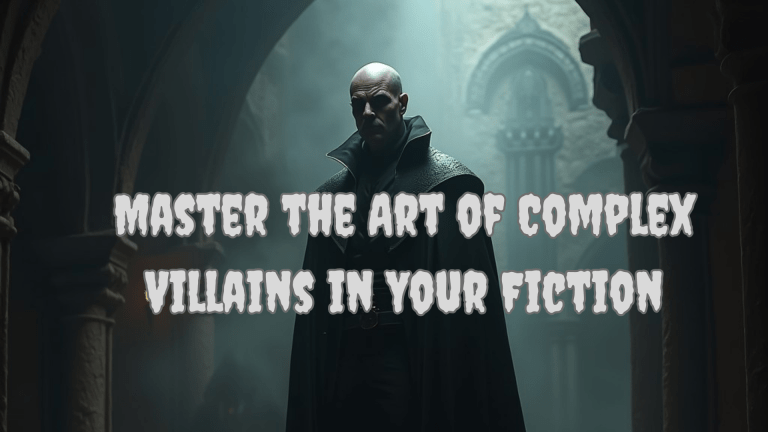Master Subplots in Your Writing
Wow, talk about a plot twist! Did you know that 87% of bestselling novels incorporate at least one subplot? It’s true! As a fellow storyteller, I’ve learned that mastering the art of writing subplots can transform a good story into an unforgettable one. In 2024, with readers craving more complex narratives than ever before, it’s crucial to nail this skill. So, buckle up, wordsmiths! We’re about to embark on a journey through the intricate world of subplots, where we’ll unravel the secrets of weaving multiple storylines together. Trust me, by the end of this guide, you’ll be plotting like a pro!
Understanding Subplots: The Secret Sauce of Compelling Narratives
Subplots are more than just side stories—they’re the secret sauce that brings depth to your narrative. But what exactly is a subplot, and how does it differ from the main plot? In essence, subplots are secondary storylines that add richness and complexity to your primary narrative. They help with character development, explore broader themes, and often tie back to your main story. For example, think about the thematic subplots in Harry Potter that explore loyalty and courage while supporting the central narrative.
Types of Subplots: Choosing the Right Threads for Your Tapestry
When weaving subplots into your story, selecting the right type is key. Here are some of the most effective subplots to consider:
- Romantic Subplots: These add a layer of heart to your narrative, giving characters additional motivation.
- Character-Driven Subplots: These explore backstories or reveal hidden dimensions of your cast.
- Thematic Subplots: Reinforce your story’s message by offering alternative perspectives on your theme.
- Conflict Subplots: Raise the stakes by introducing challenges outside the main plot.
- Comic Relief Subplots: Lighten the mood with humor, balancing your story’s tone and pacing.
The Art of Integration: Seamlessly Weaving Subplots into Your Main Story
Integration is where the magic happens. You want your subplots to feel organic, not tacked on. Introduce subplots naturally by linking them to character goals, and balance their screen time with the main plot. Always look for ways to create connections between storylines, whether through shared themes or character interactions. Be careful, though—falling into the “subplot sinkhole,” where subplots overshadow the main plot, is a common pitfall.

Subplot Pacing: Maintaining Momentum Across Multiple Storylines
Pacing is vital for keeping your readers hooked. Ensure your subplots have clear arcs and use them to control the rhythm of your story. When switching between plots, aim for smooth transitions that won’t jar your reader. Timing subplot climaxes alongside your main plot’s high points can also amplify your narrative’s emotional impact.
Character Development Through Subplots: Adding Depth to Your Cast
Subplots are excellent tools for character development. They reveal hidden traits and create opportunities for growth. Use them to build deeper relationships between characters or to show how they handle challenges. This prevents your cast from becoming one-dimensional, making them feel more relatable and dynamic.
Thematic Resonance: Amplifying Your Message with Subplots
Subplots allow you to explore different facets of your central theme. By introducing contrasting themes through subplots, you can add nuance to your story’s message. Use these secondary storylines to layer meaning and create a narrative that resonates more deeply with your audience.
The Subplot Payoff: Bringing It All Together
As your story reaches its climax, it’s time to tie everything together. Subplot resolutions should feel satisfying and linked to the main story’s outcome. Avoid the common mistake of “forgotten subplots”—each thread needs closure. A well-resolved subplot can elevate your main story’s emotional impact and leave a lasting impression on your readers.
Is this the end?
And there you have it, fellow storytellers—the inside scoop on mastering subplots! We’ve journeyed through the intricate world of weaving multiple storylines together, and I hope you’re feeling as excited as I am about the possibilities. Remember, subplots are like the spices in a gourmet dish—they add depth, flavor, and complexity to your narrative. So go forth and plot with confidence! Your readers are hungry for rich, multi-layered stories, and now you have the tools to deliver. Who knows? Your masterfully crafted subplots might just be the secret ingredient that lands your novel on the bestseller list. Happy writing, and may your subplots always keep your readers guessing!
Check out more writing tips on BookMatchClub.







